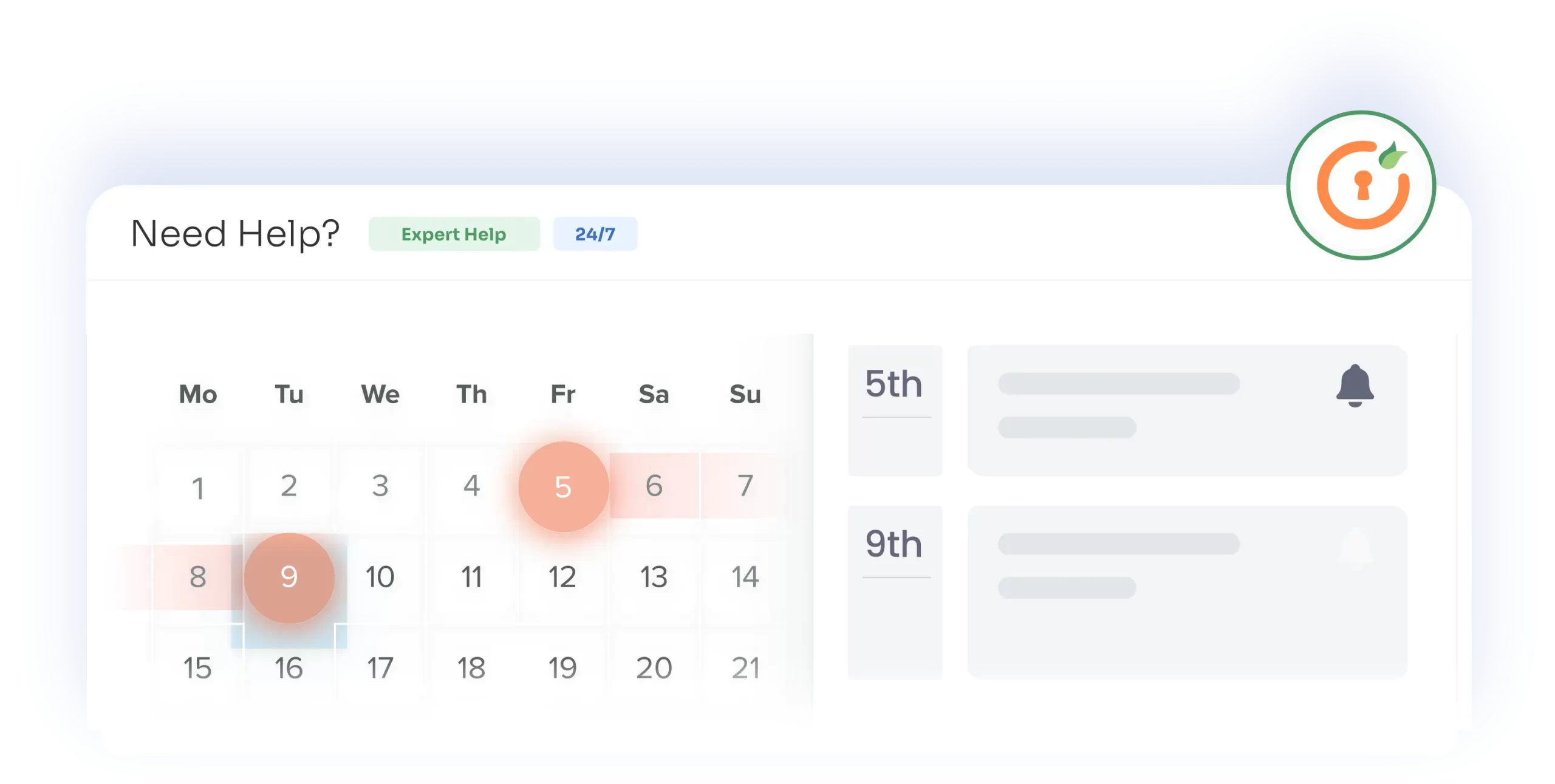Release Management Process
The Release Management Process includes the following steps:
Step 1: Identification
- The release is first identified, along with the version number, the date, and the scope of the release, which includes bug fixes, improvements, or new features.
- The Change Control Board examines the importance of the release and then approves or declines it.
Step 2: Planning
- If approved, the testing, documentation, and communication tasks that will be completed in order to prepare for the release are listed in the release plan.
- Separate teams are allotted the above-mentioned tasks by the Change Control Board.
- A sprint is planned every month which includes the release timeline, testing, documentation, and notifying the customers about the release.
- Test cases are written by the testing team.
Step 3: Development
- To guarantee that the release satisfies business needs and does not bring any new problems, the release is produced by the development team under the guidance of the Senior Software Developer.
- Code base changes are reviewed by the Senior Software Developer to ensure the code changes follow security practices and coding standards.
- The code is then merged into the repository.
Step 4: Testing
- The release is then thoroughly tested by the testing team.
Step 5: Approval
- Before being implemented in the production environment, the Change Control Board approves the release after reviewing it.
Step 6: Deployment and Documentation
- The standard deployment procedure is used to deliver the release to the production environment, monitored by the Senior Software Developer.
- Feature-related documents and updates are prepared for end users or customers by the documentation team.
- Deployment follows Atlassian Cloud-approved procedures.
Step 7: Review and Closure
- Upon deployment, the release is examined by the Change Control Board and Senior Software Developers to ensure it meets operational requirements and does not introduce new issues.
- The release is closed once it has been verified.
- Customers are notified about the new release through newsletters, emails, etc., via the support team.

